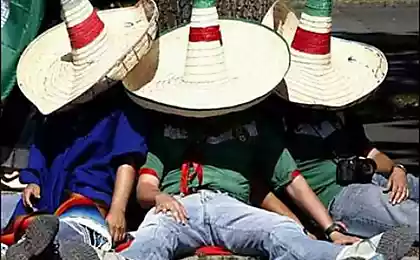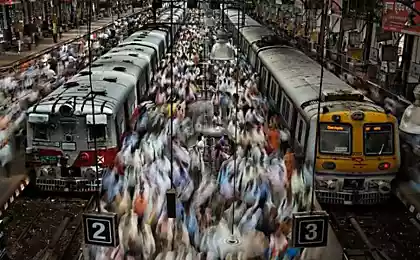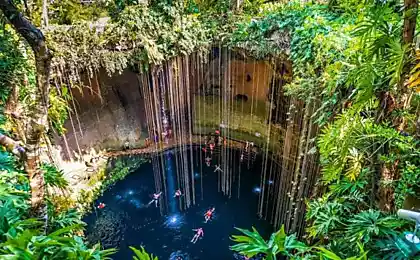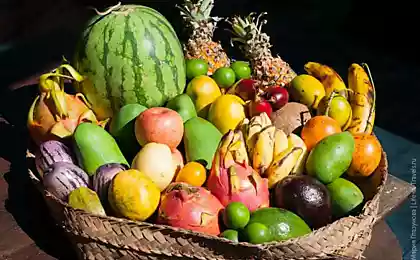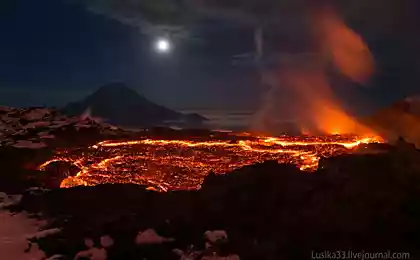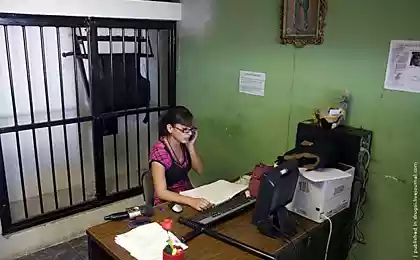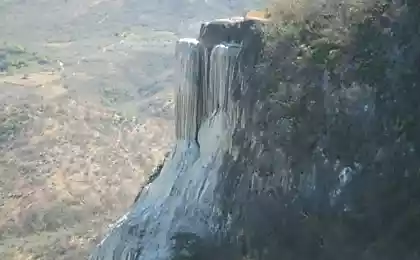605
Funnel "Cenote" in Mexico
Lived in Mexico, the Mayans knew exactly how to get into the realm of the dead: according to mythology, whenever a part of the limestone caves through which groundwater flow had changed — there was a gate to the afterlife. This unusual funnel filled with water, received the name "cenote" (ts'onot — "the well").
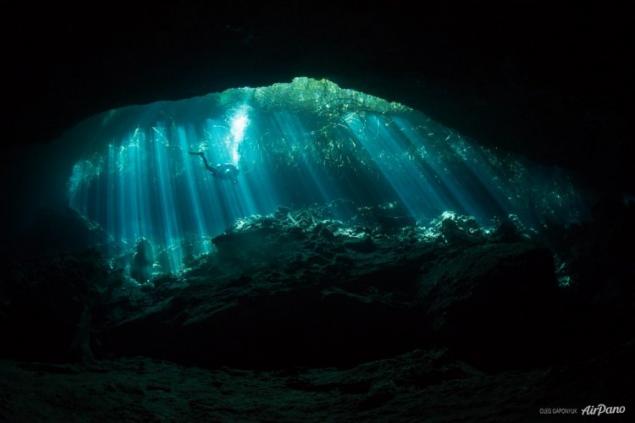
One of the most famous cenotes is the Chichen-Itza. It is called Sacred: in ancient times, this giant round crater with a diameter of over 60 meters threw human sacrifices and rich gifts.
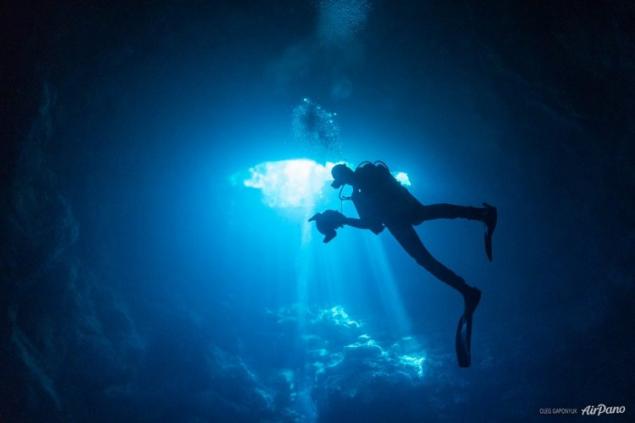
In our days cenotes attract cave explorers, geologists, and tourists. The underwater world of caves is not similar to any landscape! Among divers especially popular cenotes of the Yucatan Peninsula. The geological conditions led to the formation of a large number of caves linked together. The most famous cenote DOS Ojos (Dos Ojos in Spanish). He is among the top three largest in the world: this series of caves runs for 319 miles.
The deepest part of the system DOS Ojos is a cenote El pit (the Pit): 119 meters. The diving here is allowed only for experienced divers, and not full depth.
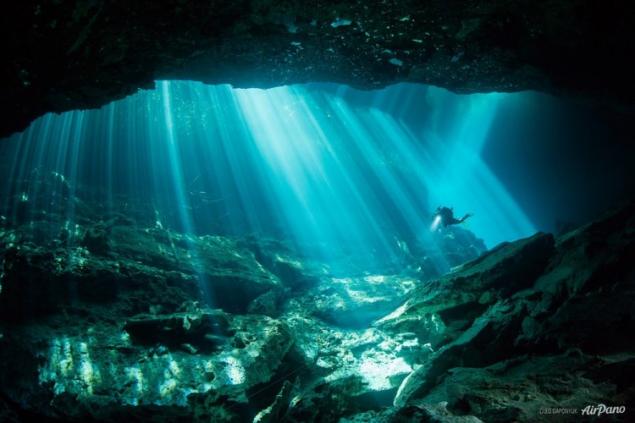
At the bottom of the giant "well" is overlain by rocks containing the sulphur compounds, so wash away their water saturated with hydrogen sulfide. The top layer of water is clean and transparent; can be considered amazing shape of the cave, its vegetation and floating fish. But as you descend into failure gets less sunlight, and at a depth of about 30 meters on change of the light comes a dense cloud of sulphurous smoke.
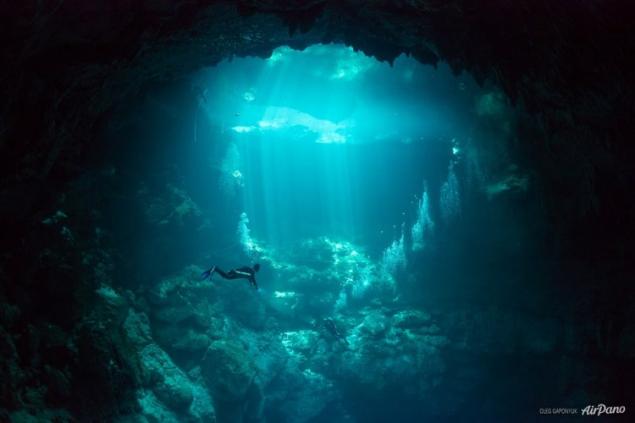
Further down the path continues in a kind of "darkness" — now I could see nothing but dense white fog. But it's like he's living his life, responding to our movements and shimmering different shades. Everyone who ever visited El-Pete, describe the occupation as "flight into space": dive through a milky-white fog gives an unprecedented feeling of weightlessness. It is important to remember about the gates of the dead — if they look wrong, then how else?
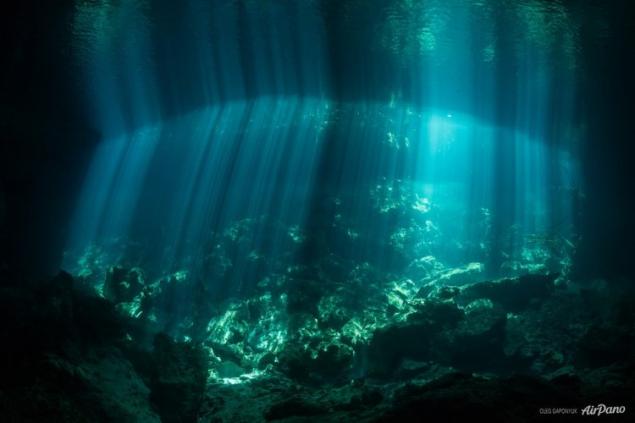
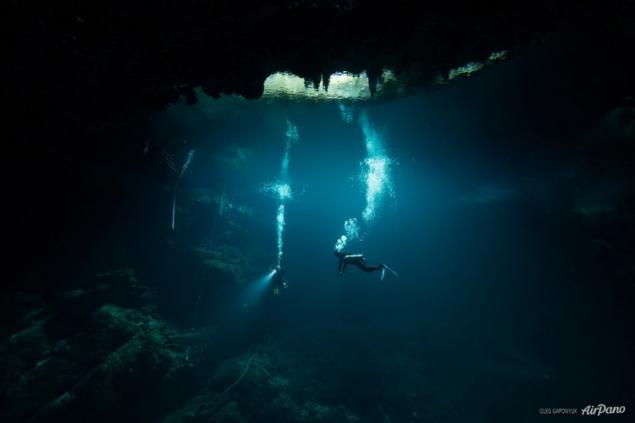
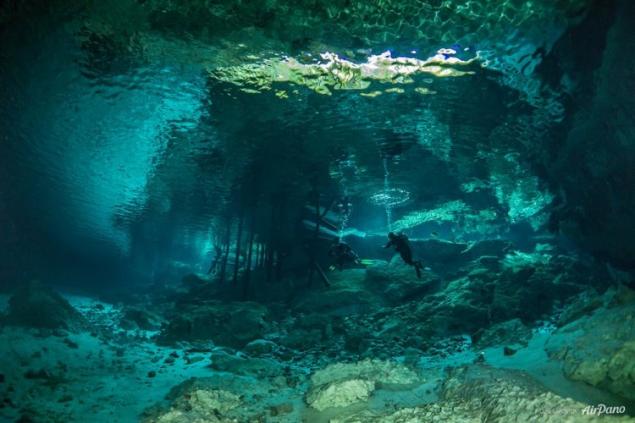
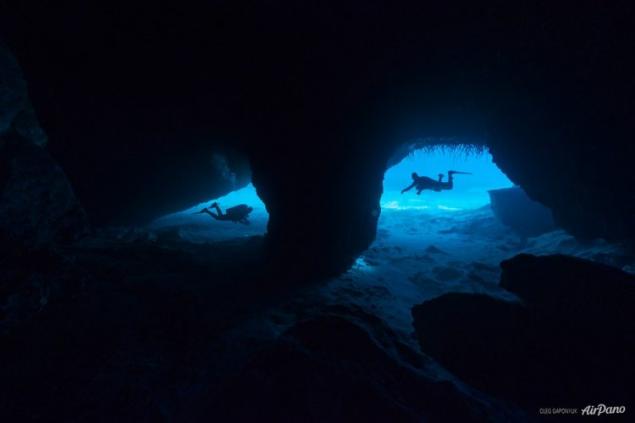


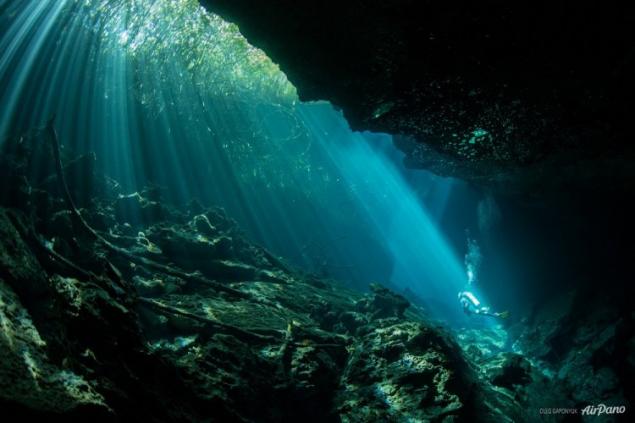
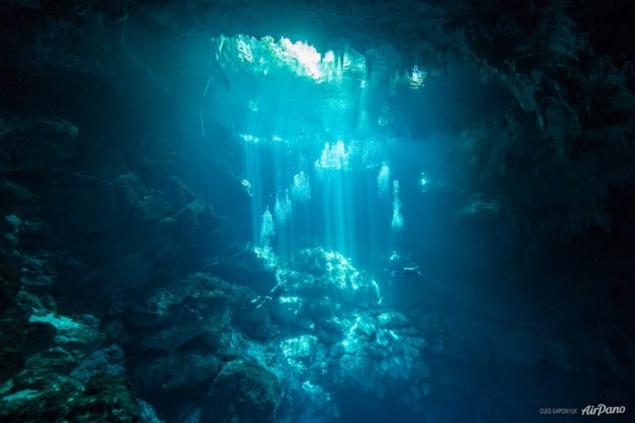

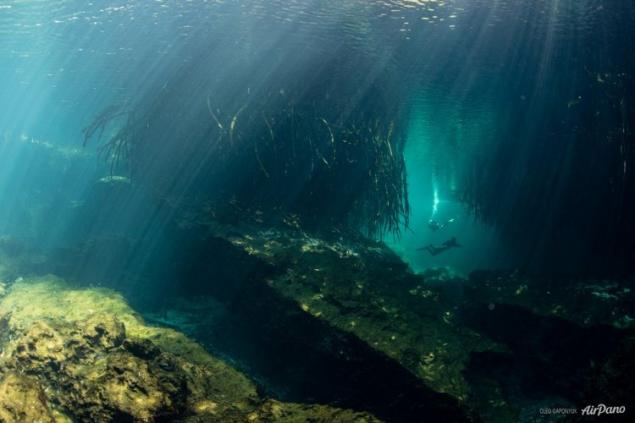
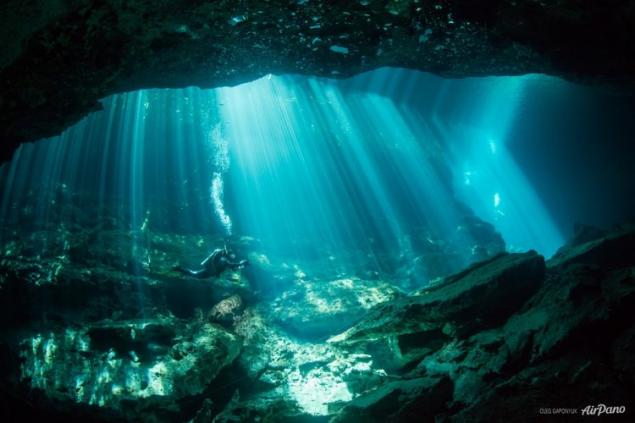


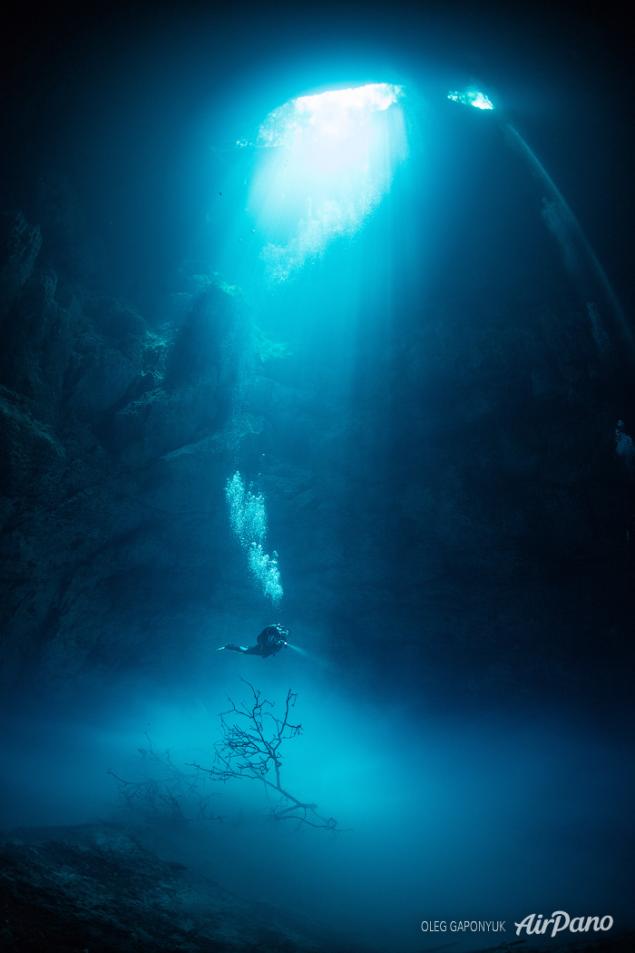
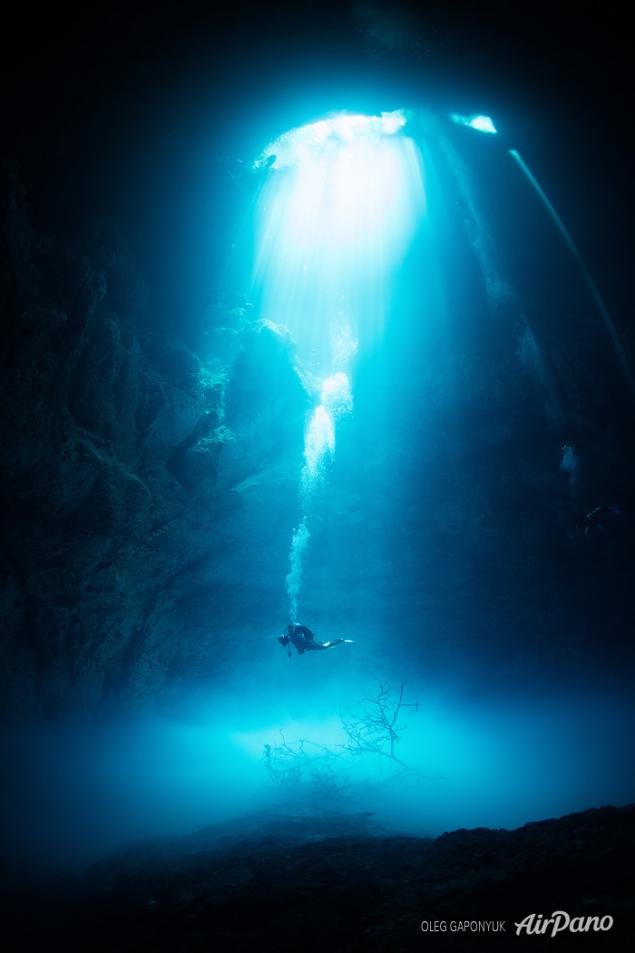
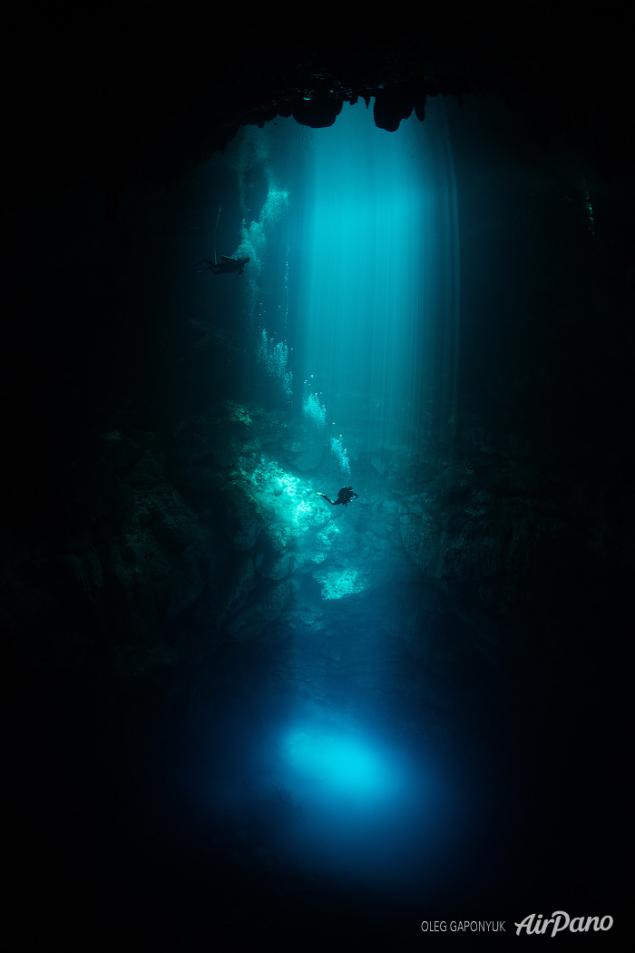

One of the most famous cenotes is the Chichen-Itza. It is called Sacred: in ancient times, this giant round crater with a diameter of over 60 meters threw human sacrifices and rich gifts.

In our days cenotes attract cave explorers, geologists, and tourists. The underwater world of caves is not similar to any landscape! Among divers especially popular cenotes of the Yucatan Peninsula. The geological conditions led to the formation of a large number of caves linked together. The most famous cenote DOS Ojos (Dos Ojos in Spanish). He is among the top three largest in the world: this series of caves runs for 319 miles.
The deepest part of the system DOS Ojos is a cenote El pit (the Pit): 119 meters. The diving here is allowed only for experienced divers, and not full depth.

At the bottom of the giant "well" is overlain by rocks containing the sulphur compounds, so wash away their water saturated with hydrogen sulfide. The top layer of water is clean and transparent; can be considered amazing shape of the cave, its vegetation and floating fish. But as you descend into failure gets less sunlight, and at a depth of about 30 meters on change of the light comes a dense cloud of sulphurous smoke.

Further down the path continues in a kind of "darkness" — now I could see nothing but dense white fog. But it's like he's living his life, responding to our movements and shimmering different shades. Everyone who ever visited El-Pete, describe the occupation as "flight into space": dive through a milky-white fog gives an unprecedented feeling of weightlessness. It is important to remember about the gates of the dead — if they look wrong, then how else?
















